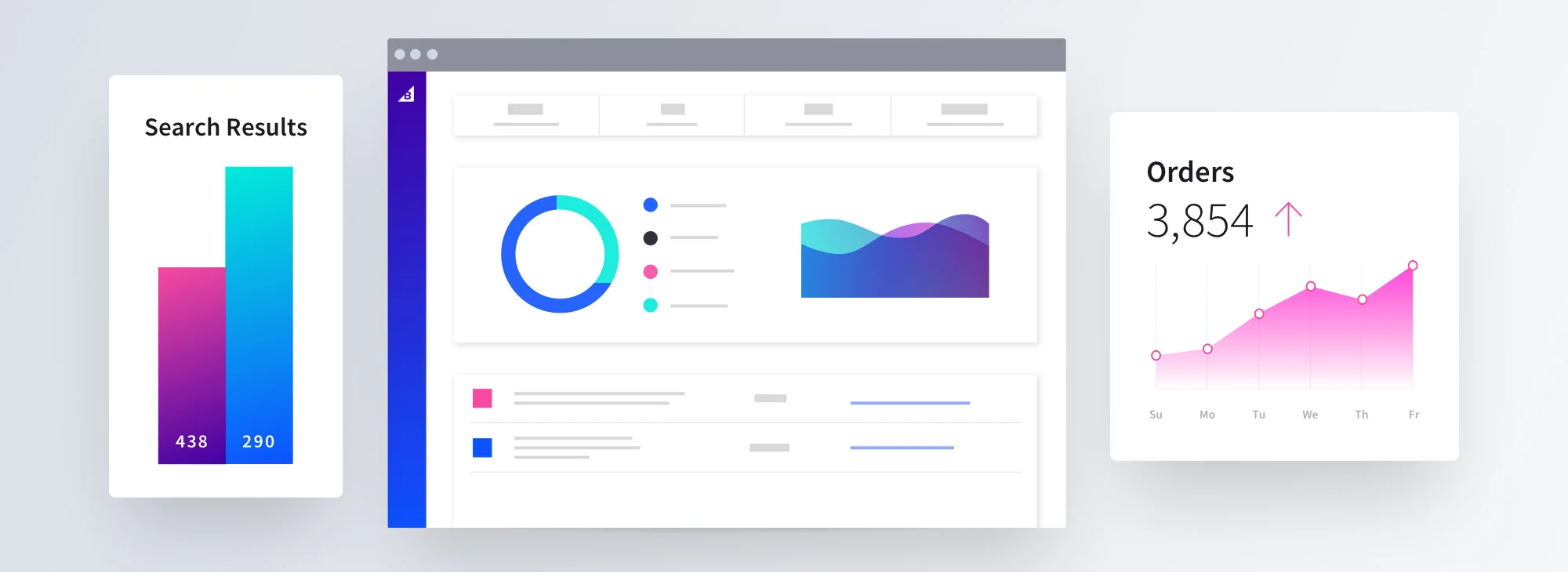COVID-19’s Impact on CPG: Ecommerce Stats + Strategies for 2021

As we approach a post-pandemic world and look back on all of the rapid changes that have happened over the past year, it becomes clear that the ecommerce landscape has transformed. For instance, by April 2020, the industry saw ten years worth of growth in only three short months. Ecommerce is now a more crucial channel than ever for growing brands.
Online shopping surged in 2020 due to consumers staying home in light of COVID-19. Many shoppers reduced their discretionary spend last year and prioritized essential items, which often fall into the consumer-packaged goods (CPG) category.
The ecommerce opportunity for CPG brands has never been greater, and with shoppers starting to trickle into stores more, the opportunity for CPG brands to thrive across channels and earn repeat customers is only increasing.
In this article, we’ll dive into how COVID-19 transformed the CPG sector, how CPG brands can thrive both online and in-store in a world shaped by the pandemic, and why now is a prime time for CPG brands to step up their strategy.
CPG Growth in 2020
Consumer packaged goods are any items that consumers use almost daily and replace frequently (including food and beverage, personal care items, and household products). In light of health and safety concerns caused by the pandemic, digital has surged as a safe and efficient way to get essential CPG items.
In fact, more consumers have been shopping for CPG items online. In 2020, nearly 55% of consumers have used direct-to-consumer channels to purchase CPG products or nonperishable items they use on a regular basis.
Smart CPG brands have been committing more budget than ever to digital advertising and other online initiatives. This year, US digital ad spend for CPG is expected to increase 16.4% to $22.58 billion after a minimal increase of just 5.2% in 2020.
Mobile accounts for 73.2% of all CPG digital ad spend. As a crucial channel that CPG brands can use to convert high-intent shoppers, mobile digital ad spend jumped 11.4% last year to reach $14.2 billion.
Social and video are two of the top opportunities for mobile. In fact, digital video ad spend was the fastest growing ad format for CPG last year. Video is also a smart play for CPG brands that are looking to venture into display advertising. Digital video ad spending will make up 28.6% of CPG’s overall digital spend this year.
COVID-19 + CPG: Just the Stats
CPG sales saw an $8.5 billion increase over the two-week period of March 7-March 21, 2020 and 35% more people were shopping online for CPG items. Online CPG sales increased 91% during that first week as COVID-19 restrictions went into place and consumers’ safety concerns started mounting. According to Nielsen, that’s 15x the category’s average rate of change.
Hybrid options like buy online, pick up in-store (also known as click and collect) have become popular among many consumers. In fact, BOPIS increased by 195% YOY in May 2020 due to the pandemic.
Year over year, click and collect sales surged nearly 107% in 2020 to hit a record $72.46 billion, and growth is projected to continue each year through 2024. By the end of 2021, click-and-collect sales are expected to make up 9.9% of all ecommerce sales.
2021 Ecommerce Strategies for CPG Brands
Products that are long-lasting, high-value, affordable, and available in bulk have become increasingly appealing options in light of COVID-19. Luckily for CPG brands, many CPG products fall into this category. If your brand falls into this category, how can you capitalize on the fresh opportunity?
Even as the pandemic subsides and the economy improves, price is a major buying factor for many shoppers. While many CPG items are essential and don’t fall under the category of “discretionary income” for many shoppers, other CPG items may be more “wants” than “needs.”
And it’s not just a battle to the lowest price point for the CPG brands that do sell essential items. In 2021, consumers want to know that no matter what they are paying for a product, they’re receiving value. CPG brands should keep this in mind for as long as economic uncertainty continues.
Brand authenticity is growing in importance, as consumers, particularly millennials and Gen Z, have made it clear that they’re interested in a brand’s values and ethics. The way shoppers perceive a brand can have a major impact on that business’ bottom line. Generating customer trust through brand authenticity will also produce invaluable repeat customers and long-term brand loyalty.
Conclusion
The digital CPG landscape continues to transform as the world recovers from COVID-19. In light of the pandemic, selling CPG items has introduced more challenges and opportunities than ever before. The brands that have a deep understanding of the current landscape and what draws in shoppers have an unprecedented opportunity to achieve unparalleled growth this year.

Sarah Davis is a senior content marketing specialist at ROI Revolution who helps lead ROI’s content initiatives via blogs, white papers, webinars, and more to help marketers and executives in the digital advertising world stay ahead of the curve. She also has experience in ecommerce, technology, and journalism.